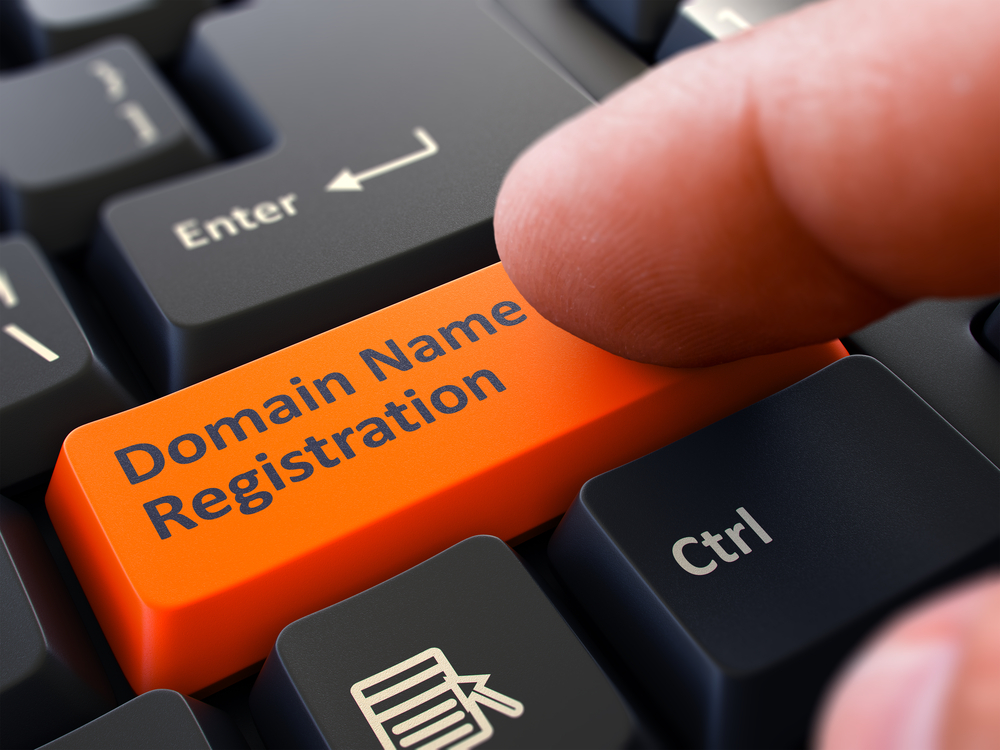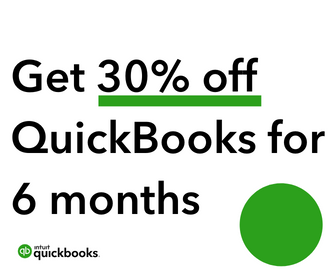Starting and running an eCommerce business isn’t easy. If you’re reading this article, chances are you already know this. It takes a lot of things it to run a successful company. It takes a full team of employees, multiple warehouses, plenty of inventory and of course, cash on hand. It’s tough to start a company from scratch. The hardest part is getting the stream of revenue to start flowing in. It’s best to see an example of how it’s done than read it from a book because you will never truly understand what needs to be done unless you go out and do it yourself.
There are so many reasons why starting an online business with BigCommerce can help you succeed. In fact, even if you have no previous experience of running an online business, BigCommerce is a great starting point. With simple step-by-step tasks and accessible information, running an online company with BigCommerce is well within anyone’s reach. To give you a better understanding of how to run your own eCommerce business with BigCommerce we’ve created a guide that will help you on your journey.
Bigcommerce is an eCommerce platform that allows you to design and set up your own online store.
The Bigcommerce platform is a complete solution for selling online, and there are a number of features that make it easy to use.
The platform has been designed with the needs of larger businesses in mind, but it’s also suitable for smaller companies who want to sell online.
Here are some of the main features of the Bigcommerce platform:
- It’s easy to set up a store, there are no complex configurations to worry about. You can get started straight away with your first product listing
- Bigcommerce free trial offers extensive functionality and flexibility so you can create an effective website as quickly as possible without having to worry about technical limitations or complicated setups that take time and effort to implement.
- You can list products from multiple sources such as eBay or Amazon, giving your customers more choice when shopping on your site
- There’s a wide range of payment options available including credit cards and PayPal
Come up with a business idea about the product or service to sell.
If you’re looking to start your own business, it’s time to come up with a business idea. You may have a product or service in mind that you want to sell, or maybe you’re just starting from scratch. Either way, this is the first step in getting your business off the ground.
There are tons of ways to come up with a business idea. Here are some of the most popular methods:
1) Start with what you know: If you’re passionate about something, chances are there are other people out there who feel the same way. Maybe you love robots, so why not create an online store that sells robot merchandise? Maybe you love books and reading so much that you want to start an e-book library? Or maybe you just love to bake cakes, so why not open up a bakery?
2) Do research: Research is key when it comes to coming up with a successful business idea. Find out what types of companies do well in your area and see how they market themselves online, offline and on social media platforms like Facebook and Twitter. You can also check out sites like The Muse or Quora for inspiration on how other entrepreneurs have built their companies from scratch.
3) Research what people need and then come up with an innovative way to fill those needs (the kind of thing that makes you stand out from your competitors).
4) Come up with something unique that no one has done before. If there’s already a product like yours on the market (or even close), how will your company stand out?
Buy a domain name

The first and most important step to starting an eCommerce business is choosing a domain name. You’ll use this name as your brand, so it’s important that you find something that accurately represents what you’re selling and is easy to remember.
The best way to find a great domain name for your business is to brainstorm with your team or friends. Write down all the ideas you have and then narrow them down until you have one or two really great options.
Once you’ve chosen your domain, register it with Godaddy (or another registrar of your choice). This will cost about $15 per year and give you control over who owns the rights to the domain in case someone else tries to poach it from you later on down the road.
Design an online experience that’s on-brand, user-friendly and drives sales.
One of the most important aspects of running a successful eCommerce business is building a brand that people trust. Only then can you leverage that trust to convert visitors into customers.
But how do you build your brand? Start by creating a user experience that’s on-brand, user-friendly and drives sales.
On-brand: Your brand identity needs to be clear, consistent and unique. Your website should reflect this identity through its look and feel as well as its copywriting style.
User-friendly: The user experience (UX) refers to how people interact with your website or mobile app. It encompasses everything from how easy it is for them to find what they’re looking for on your site to the way it looks and feels when they do find what they’re looking for. If your UX isn’t intuitive or attractive, people won’t want anything to do with it — no matter how great your products are.
Drives sales: Good UX design doesn’t just help users navigate easily through your site; it also helps them find what they need quickly and efficiently so that they can make purchases rather than leaving empty-handed (and frustrated).
Build the store of your dreams using BigCommerce’s suite of powerful tools.

You’ve found the perfect product, and now it’s time to create your own eCommerce store.
What do you need to get started?
The first thing you’ll need is a website hosting provider. BigCommerce offers unlimited bandwidth and storage, so you can upload as many products as you want without worrying about hitting a limit. And with our easy-to-use website builder, you can create an online store in minutes — no coding required.
Once your site is up, it’s time to start selling! You’ll want to make sure your products are optimized for search engines and that you’re providing helpful content on your site so customers keep coming back for more.
Once you have built your brand and established trust with shoppers, it’s time to start marketing your store through social media ads or SEO (search engine optimization) tactics like link building.
The pros of Bigcommerce are:
1. It’s easy to use
2. It has all the features you need for your store, including SEO and analytics
3. There’s a large community of users who can answer any questions you have
4. The customer service is great and they get back to you quickly (usually in less than 24 hours)
5. They have a very low monthly fee for the basic plan (around $29/month) but if you want more features or more storage space, it does cost more. However, this is still cheaper than some other platforms out there so I think it’s worth it!
Make sure you have the right merchant account, payment gateway and payment processing solutions to start selling quickly and securely hosted by Bigcommerce
When you’re ready to start selling online, there are many things to consider.
You need to choose a merchant account and payment gateway that fits your business needs. Then you’ll want to make sure the payment processor you choose is secure with PCI compliance and EMV support.
To make the process easier, we’ve created a list of recommended solutions for each step of the process:
Merchant Account – If you’re just starting out, we recommend using an integrated solution that combines all three services into one. Bigcommerce offers both an integrated solution and an individual merchant account through Authorize.Net.
Payment Gateway – We recommend using Authorize.Net for your payment gateway because it’s one of the most secure solutions available today with over 30 years of experience in eCommerce payments processing. This makes it easy for Bigcommerce merchants to expand internationally without worrying about foreign exchange or currency conversion fees or fraud protection issues that may arise from accepting international credit cards.
Payment Processor – Your payment processor will handle all of your credit card transactions so you don’t have to worry about managing them yourself (or paying another company like Stripe or PayPal). We recommend using Stripe as it offers many advanced features such as recurring billing and subscriptions.
Figure out what products you’re going to sell, including how much they’ll cost and how you’ll source them.
You’ve decided to start a business selling products online. Now what? You’ll need to figure out what products you’re going to sell and how much they’ll cost. You’ll also need to decide whether or not you want to source them yourself or find a supplier who can do that for you.
Here’s what you need to know about each of these steps:
What products will I sell? This is the most important decision you’ll make in determining if your ecommerce business will succeed. If you don’t have an idea of what products you want to sell, then look around at other websites and see what items are most popular with customers.
How much will my products cost? The price point on any given product is critical for determining whether or not people are willing to purchase it from your site, so it’s important that you get this right from the very beginning. The best way to determine pricing is by researching other similar sites and seeing how much they charge for similar products — then find ways to offer lower prices so that yours stand out among competitors’ offerings.
How am I going to source my products? If you’re sourcing your own inventory, then figure out how much time and money it will take before you can start selling anything.
Market your online store before, during and after launch with our marketing guide for ecommerce startups.
There are many options available to you, from Google AdWords and Facebook ads to content marketing and influencer marketing.
The first step in your ecommerce store’s marketing strategy should be to identify your target audience. This will help you decide which channels and tactics are most effective for reaching that audience.
Once you know who your customers are, you can build their profiles and create personas that represent them. This will help you understand what makes them tick and how to make them happy.
You can then use the information from these personas to develop your marketing plan. You can also use it as a guide when deciding how much time or money each tactic will require.
Promote your store with high-performing email campaigns, coupons, social media promotions, product feeds and in store upsells.
Promote your store with high-performing email campaigns, coupons, social media promotions, product feeds and in store upsells.
Email campaigns
Email is a great way to reach customers directly and build relationships with them. Use it to recommend products they might like, share news about new arrivals or events happening at your store, or send exclusive special offers.
Coupons
Coupons are one of the most effective ways to encourage new customers to visit your store. Use them to reward past customers or incentivize creation of an account with you. If you have a mobile app, consider offering exclusive discounts through that channel as well.
Social media promotions
You can use social media platforms like Facebook and Twitter to promote your business by sharing information about new products or sales events with your followers and fans. You can also use these platforms to ask for reviews from happy customers who love what you sell.
Develop a strategy for fulfillment, shipping costs and returns before you launch.
If you are an online merchant, you probably already know that shipping costs and returns are one of the most significant expenses for your business.
Shipping costs can vary greatly depending on the size and weight of your products. Returns add even more cost to your bottom line. So it is important to develop a strategy for fulfillment, shipping costs and returns before you launch.
There are three areas where you need to focus:
1) Shipping costs – You should know exactly how much each order will cost to ship so that you can calculate what price point makes sense for your business model.
2) Returns policy – No matter how carefully you sell each item, there will be some returns. How do you handle them? Do you charge customers for return shipping? Do you offer free return shipping in certain circumstances or accept returns at all? These decisions can have a big impact on sales volume and profitability in the long run.
Conclusion
If you want to get started with a new eCommerce business and are looking for a solid website platform, Bigcommerce is an excellent choice. They offer a robust set of features, including easy-to-use tools that will help you get your online store up and running quickly. Take a look at their site, read through the articles above, and give them some special consideration in your research. You could be running your new eCommerce store in no time!






